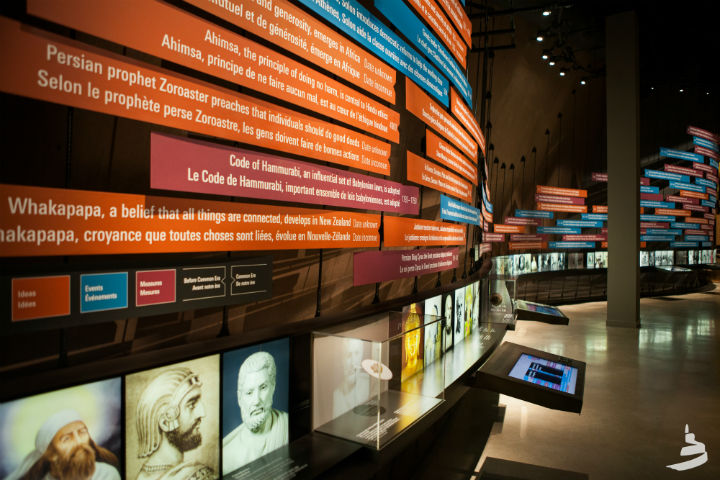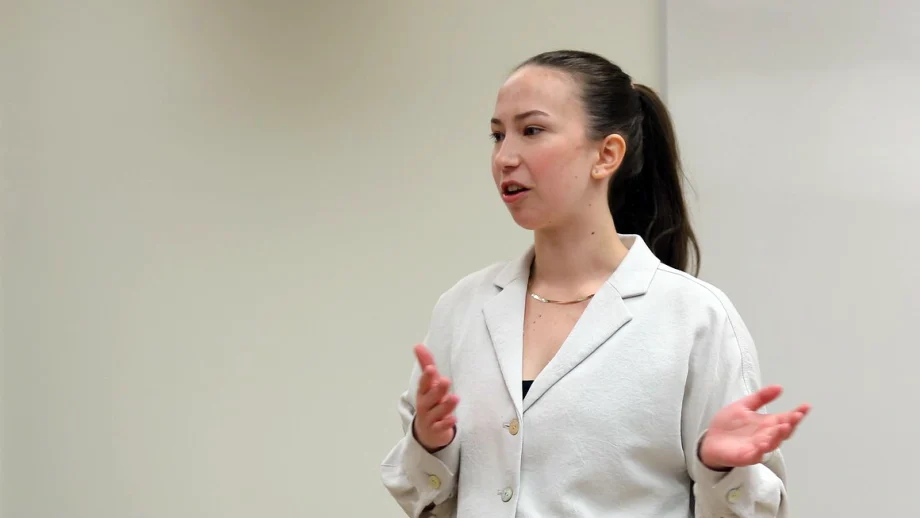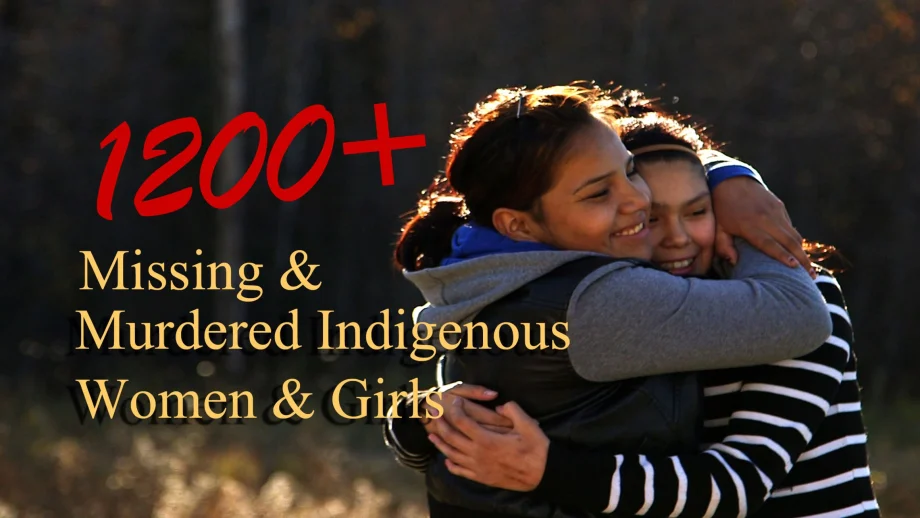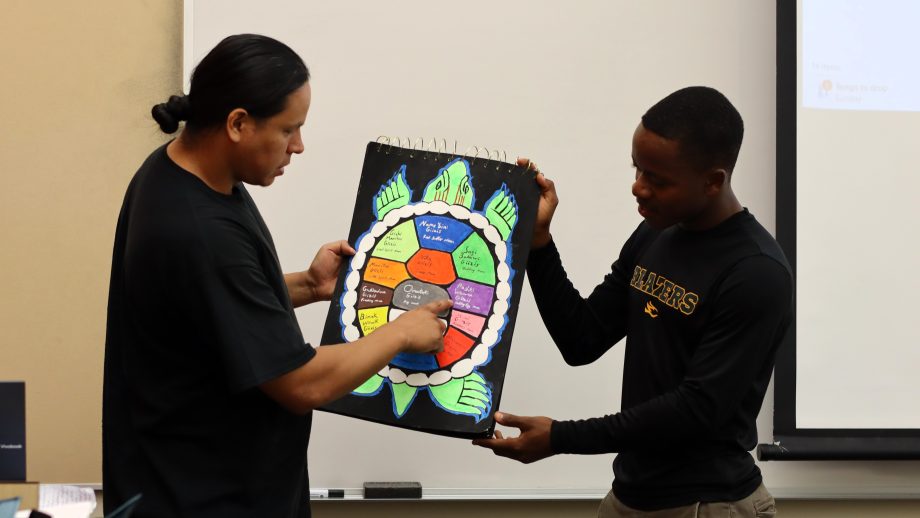
What are Human Rights – photo supplied
Indigenous and Human Rights: An Executive Leadership Program
A unique new program developed by The University of Winnipeg (UWinnipeg) and the Canadian Museum for Human Rights (CMHR) will help business executives and organizational leaders shape workplace cultures that respect Indigenous and human rights.
As Canadians work to implement the Truth and Reconciliation Commission’s Calls to Action, many leaders in the public, private and not-for-profit sectors are looking for effective strategies and insights.
Indigenous and Human Rights: An Executive Leadership Program is a six-day, immersive course delivered onsite at the world-renowned CMHR, with the pilot beginning Tuesday, June 19, 2018. The robust program includes presentations and discussions with Indigenous leaders, activists, educators and human rights scholars, exploration of relevant, interactive Museum exhibits for in-gallery learning, and first-hand perspectives from Indigenous peoples, including survivors of Indian Residential Schools.
“Leaders of today are looking for ways to address the realities emerging in their own organizations,” said CMHR president and CEO Dr. John Young. “Effective human rights education, rooted in dialogue and reflection, offers the building blocks for profound systemic change.”
Dr. Annette Trimbee, president and vice-chancellor, UWinnipeg, said many executives who lead organizations understand how important it is to create a climate where diversity is valued and everyone’s talents can flourish.
“For many of us, understanding human rights and Indigenous perspectives was not part of the school curriculum, yet the importance of reconciliation in today’s workplaces cannot be understated,” Trimbee said. “This program offers a unique way to engage executives and senior leaders and provide them with a deep learning experience, so they can bring this knowledge back to the decision-making table and influence positive action.”
Hands-on learning
With a focus on experiential learning, the new program will inspire, enlighten and empower executives from across the country. The foundational teachings of this certified course and exposure to influential change-makers and thought leaders will emphasize Indigenous rights and perspectives, the value of diversity and best practices of inclusion. Participants will expand their knowledge while preparing to innovate and effect transformative change in their workplaces.
“There is a hunger and need for this course in the corporate world,” said Dave Angus, president of Winnipeg-based Johnston Group and a prominent leader in the local business community. “Executives want tangible examples to help them effect meaningful change in their organizations and become leaders in efforts for reconciliation. As a city focused on human rights education, Winnipeg is ideally positioned to attract leaders from across Canada to be part of this immersive experience and take that learning home.”
Kevin Chief, vice-president of the Business Council of Manitoba, is one of over a dozen people who will share their expertise and insights with participants during the program. “In this era of reconciliation, we are all looking for ways to build leadership by bringing people together,” Chief said. “Sharing our stories of vulnerability, in a sincere way, can lead to the understanding that is the basis for cooperation.”
Public discussion open to all
The course opens with an evening discussion at the CMHR on June 19 at 6:30 pm that is open and free to the public. Loretta Ross, Manitoba Treaty Relations Commissioner, and Derek Nepinak, former Grand Chief of the Assembly of Manitoba Chiefs, will discuss community-driven pathways to improving relationships and practices. They will share their perspectives on how to initiate change and be responsive to the Truth and Reconciliation Commission’s Calls to Action and Canada’s commitments to the United Nations Declaration on the Rights of Indigenous Peoples.
As the primary course venue, the CMHR is a world-class national museum of Canada, featuring immersive exhibits using the latest technology, including gesture-based interactives, 360-degree film presentation, augmented reality, film, art and artifacts. Indigenous rights themes are woven through all 11 core galleries, housed in a stunning work of architecture that has become a national icon – soon to be featured on the back of Canada’s new $10 bank note.
The program framework was developed by curators, scholars and staff at the CMHR and UWinnipeg as a way to bring together Indigenous and business experts who have valuable knowledge to share.
Read the Winnipeg Free Press story.
Read the CBC story.
-30-
Media contacts:
Diane Poulin Maureen Fitzhenry
Senior Communications Specialist Media Relations Manager
University of Winnipeg Canadian Museum for Human Rights
204-988-7135 204-289-2112
d.poulin@uwinnipeg.ca maureen.fitzhenry@humanrights.ca




